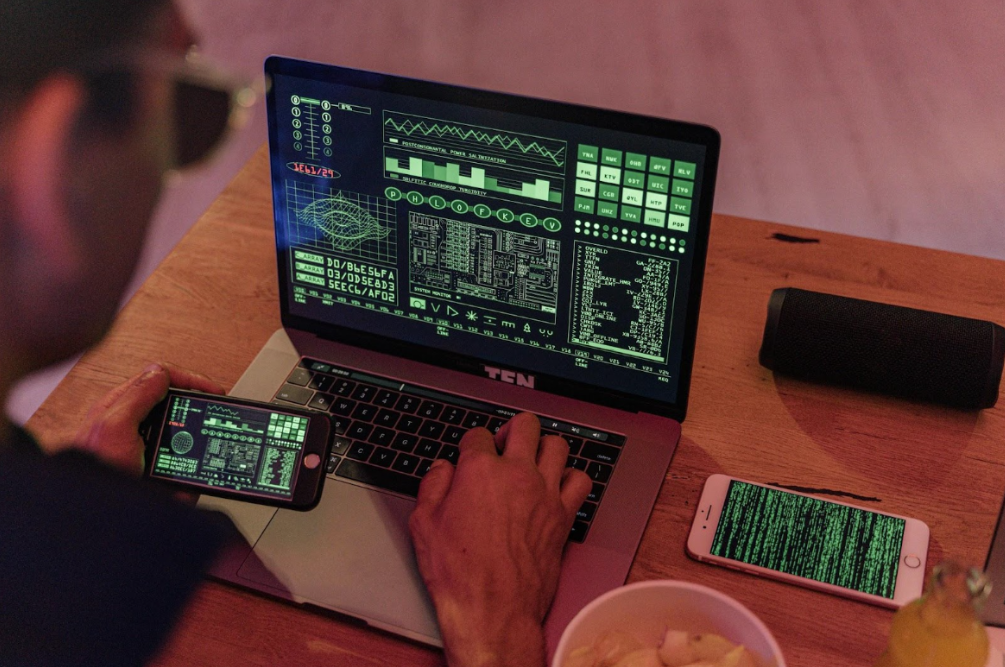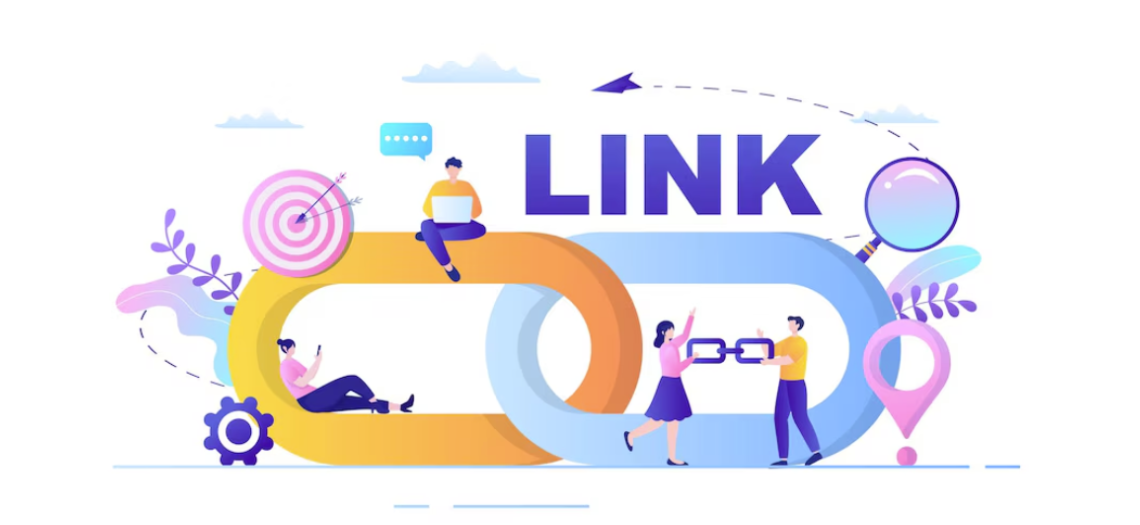Preventing Damage from Cyber Threats Explained: 12 Tech Facts Worth Exploring
Cyber threats are a daily reality that individuals, businesses, and even governments must actively defend against. From ransomware attacks targeting healthcare providers to phishing campaigns aimed at everyday consumers, the world has become an opportunity and a battlefield. Preventing damage from these cyber threats requires a mix of awareness, technical strategies, and proactive behaviors. By understanding key technological facts and applying them strategically, anyone can significantly lower the risks of data breaches, financial losses, and reputation damage. In this post, we will explore twelve critical tech facts that shed light on how cyber threats evolve and what can be done to prevent their destructive impact.
Human Error Remains the Leading Cause of Breaches
Despite rapid advancements in cybersecurity technology, human error continues to be the leading cause of most data breaches and security incidents. Clicking on malicious links, using weak or repeated passwords, and neglecting software updates are common mistakes that expose organizations to attacks. Even sophisticated security systems cannot compensate for employees’ lack of awareness or carelessness. Training and cultivating a culture of cybersecurity awareness are critical. Organizations that invest in continuous education, phishing simulations, and clear policies often experience significantly fewer breaches. Individuals must practice good online hygiene, such as avoiding suspicious downloads and regularly updating credentials.
Ransomware Is a Growing Global Threat
Ransomware attacks are increasingly targeting businesses, healthcare providers, and public institutions, encrypting critical files and demanding payment while threatening to leak sensitive data if instructions are not followed. Preventing such attacks requires a comprehensive approach, combining regular backups, strict access controls, and software updates. One effective method involves using advanced security tools by understanding NGFW threat prevention techniques positioned at the core of detection strategies, allowing teams to identify malicious behavior and block threats in real time. Using a scanner for fraud detection helps uncover abnormal activity before ransomware can spread. By combining these practices, organizations can reduce the risk and impact of these increasingly sophisticated cyberattacks.
Multi-Factor Authentication Blocks Most Unauthorized Access
Multi-factor authentication (MFA) is one of the most effective security measures available today, but many users and organizations still neglect it. MFA requires more than a password to access an account, often combining a password with a mobile verification code, biometric scan, or hardware token. This extra layer drastically reduces the likelihood of unauthorized access, even if credentials are stolen during a phishing attack or data leak. Studies show that enabling MFA can block over 99% of automated attacks. With modern solutions like authentication apps, fingerprint sensors, and facial recognition, MFA is becoming increasingly accessible and user-friendly. Implementing MFA is a simple, cost-effective, and critical step in preventing unauthorized access to sensitive data.
Phishing Attacks Have Become Highly Sophisticated
Phishing attacks have evolved far beyond the poorly written emails of the past. Today, cybercriminals craft emails and messages that closely resemble those from trusted institutions, complete with company logos, official language, and even personal details. Spear-phishing, which targets specific individuals with personalized content, makes it even harder to detect malicious intent. Attackers exploit urgency, fear, or curiosity to trick recipients into revealing credentials or downloading malware. Combating these threats requires technology and awareness. Email filters and security software can block many attacks, but individuals and employees must remain vigilant, questioning unexpected requests and verifying sources.
Regular Software Updates Close Security Gaps
Many cyberattacks exploit vulnerabilities in outdated software, which hackers can easily identify and target. Regular software updates are crucial because they often include security patches that close these vulnerabilities. Delaying updates leaves systems exposed, regardless of how strong other security measures may be. Automating updates where possible reduces human error and ensures all devices remain protected. For organizations managing multiple systems, centralized patch management tools simplify the process and provide oversight. Staying current with software updates improves performance and strengthens cybersecurity. Simple, consistent updating practices create a moving target for attackers, making it significantly harder for them to exploit known weaknesses.
Firewalls and Intrusion Detection Still Play a Key Role
While modern cybersecurity solutions often emphasize artificial intelligence and cloud-based monitoring, traditional defenses like firewalls and intrusion detection systems remain foundational. Firewalls act as digital gatekeepers, filtering traffic and blocking unauthorized access attempts. Intrusion detection systems monitor network activity and alert security teams to unusual behavior in real time. When layered together, these tools offer visibility, control, and the ability to respond quickly to potential threats. Firewalls and IDS are particularly effective when paired with logging, reporting, and analytics. While they cannot prevent every attack on their own, these systems form the backbone of robust cybersecurity frameworks, giving organizations critical time to respond and mitigate threats.

Zero-Trust Architecture Redefines Security Models
Zero-trust architecture represents a paradigm shift in cybersecurity. Unlike traditional models that assume users within a network can be trusted, zero-trust operates under the principle of “never trust, always verify.” Every access request, whether from inside or outside the network, requires authentication and continuous monitoring. This approach significantly limits the lateral movement of attackers once they gain access, reducing the scope of potential breaches. Implementing zero-trust requires updating infrastructure, establishing strict access policies, and integrating advanced monitoring tools. As more organizations migrate to cloud platforms and hybrid environments, zero-trust provides a scalable and effective security framework that adapts to growing threats, ensuring that access is tightly controlled at every step.
Cloud Security Requires Shared Responsibility
Cloud computing offers flexibility and scalability, but security in the cloud is a shared responsibility. Cloud providers are responsible for securing the underlying infrastructure, but customers must manage access controls, data encryption, and configuration settings. Misconfigured cloud environments are a leading cause of data exposure, with sensitive files often left publicly accessible by mistake. Organizations must understand their role in maintaining security and conduct regular audits to identify and correct weaknesses. Best practices include enforcing strong identity management, encrypting data, and monitoring activity logs. Recognizing the shared responsibility model ensures that cloud services provide security without creating a false sense of complete protection.
Encryption Protects Data at Rest and in Transit
Encryption is one of the most effective defenses against unauthorized access, rendering data unreadable without the correct decryption key. It protects information at rest, when stored on devices or servers, and in transit, while traveling across networks. Businesses use encryption to safeguard sensitive customer data, financial information, and confidential communications. Modern tools make encryption accessible to individuals as well, through secure messaging apps, password managers, and device encryption features. Proper encryption prevents unauthorized access and helps organizations comply with privacy regulations. For personal and professional environments, encryption is a fundamental layer of protection that ensures sensitive information remains secure.
Insider Threats Are Often Overlooked
Not all cyber threats come from external attackers; insider threats can be just as damaging. Employees, contractors, or partners with legitimate access can misuse information, either intentionally or accidentally. Disgruntled employees may steal sensitive data, while careless workers might inadvertently share credentials or download malware. Addressing insider threats requires monitoring user activity, limiting access based on roles, and promoting a culture of responsibility. Technology such as behavior analytics can detect unusual activity, but human oversight and workplace culture are equally important. By combining technical controls with proactive education and transparent policies, organizations can minimize the risk of insider breaches and maintain a safer operational environment.
Artificial Intelligence Enhances Defense and Attacks
Artificial intelligence is a double-edged sword in cybersecurity. On one hand, AI enhances defense by analyzing massive datasets to detect anomalies, automate threat responses, and identify suspicious patterns faster than humans ever could. Attackers are using AI to craft more convincing phishing campaigns, adapt malware dynamically, and identify vulnerabilities in real time. This arms race between defenders and cybercriminals underscores the need for continuous investment in advanced security technologies. Organizations must adopt AI-powered tools while educating staff to recognize sophisticated attacks. Understanding the dual role of AI in cybersecurity is crucial for preparing strategies that leverage AI for protection rather than leaving systems vulnerable to AI-driven threats.
Incident Response Minimizes Long-Term Damage
Even with the strongest defenses, breaches can still occur. What differentiates resilient organizations from vulnerable ones is their incident response readiness. A solid plan outlines how to detect, contain, investigate, and recover from attacks. It assigns roles, defines communication strategies, and ensures compliance with legal requirements. Regular simulations, known as “cyber drills,” prepare teams to respond effectively under pressure. By minimizing downtime and reducing financial losses, incident response planning transforms a potentially devastating event into a manageable challenge. Proactive preparation ensures businesses recover stronger.

Preventing damage from cyber threats requires a blend of knowledge, vigilance, and layered strategies. As these twelve tech facts illustrate, threats are changing quickly, but so are the tools and practices available to fight them. From human-focused training and MFA to advanced concepts like zero-trust architecture and AI-driven defenses, cybersecurity is no longer a single solution but a continuous journey. By staying updated, investing in protective measures, and preparing for potential incidents, individuals and organizations can build resilience against the most sophisticated threats.
Published: October 6, 2025




